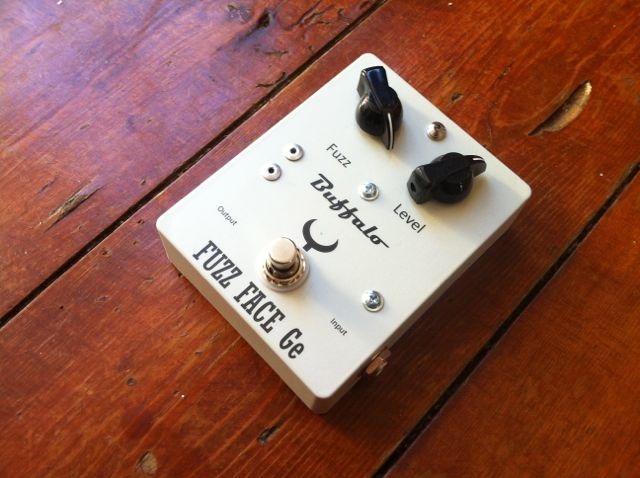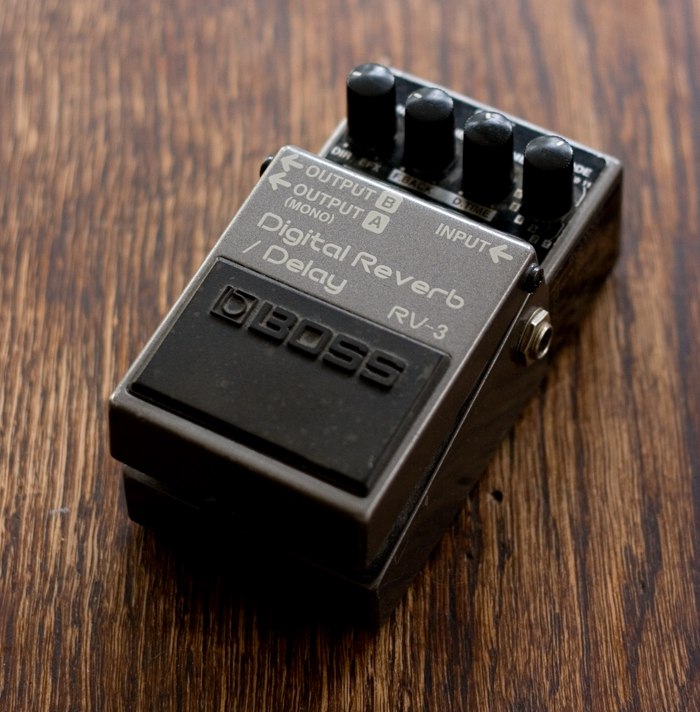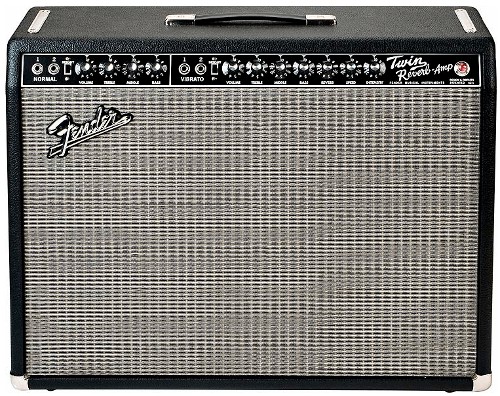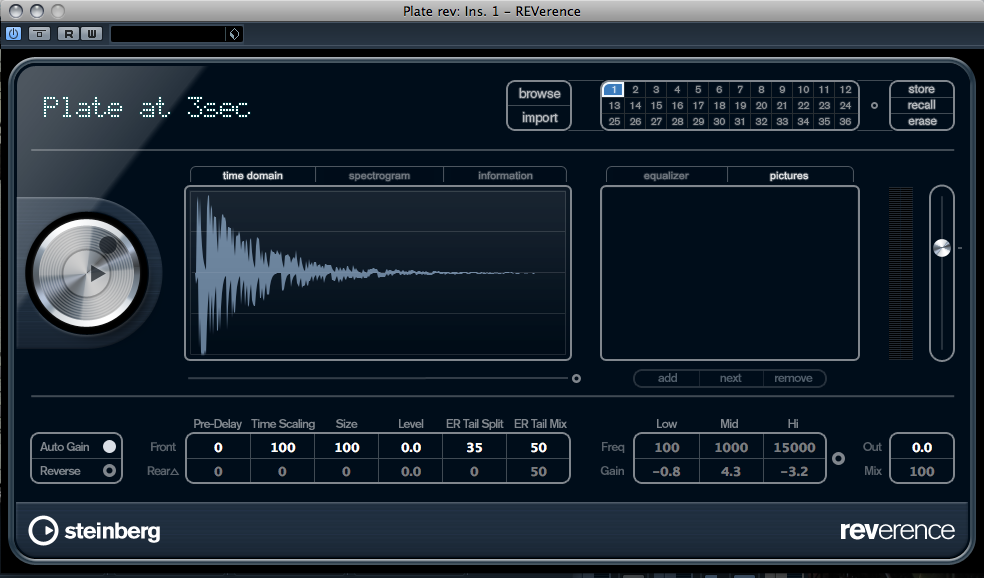A few weeks ago, I received an email from Steve from Buffalo FX, an Englishman living in France, asking if I would review one of his hand built boutique Germanium Fuzz pedals.
I thought why not but did not expect much of it, as I found that all the Fuzz pedals I had tried over the years lacked clarity and sounded like a buzz saw. Well, that all changed when I plugged Steve’s creation. I could not believe my ears, it is fat, has lots of clarity, cleans up well with the volume control and can sound like Hendrix or a lot more modern when boosted by another gain pedal. In one word, I was hooked!
As always, I have recorded two videos (see the end of the post): one with my trusty Custom Shop Fender Strat and one with my Gibson SG 61 reissue.
I will also kill two birds with one stone with this review and give a few Fuzz related tricks. But first things first, let’s have a closer look at the Buffalo FX Germanium Fuzz.
Hand Built Quality
The Buffalo FX Germanium Fuzz is built to a very high standard. It is housed in a white metal case and sports a drive knob and a level knob. In the tradition of Fuzz pedals, there’s no EQ but it is not much of a problem. I have recorded the videos below using a fairly bright Fender amp and the pedal did not sound harsh at all. Note that Steve offers a 4 knob version with more tonal options.
There are two welcome additions that traditional vintage Fuzz pedals usually lack: a super bright blue led and a Boss style 9v power input in case you don’t want to use a battery. Beware though, you cannot use the same power supply to power the Germanium Fuzz as well as other pedals due to some dark inverted polarity juju, not Steve’s fault, just the way Fuzz pedals are designed. This means you’ll need a dedicated power supply. Once again, you can also use a good old 9v battery. Talking of which, when I put a battery in, I could admire Steve’s handiwork: the inside it built to the same quality standard as the outside.
Where to place a Fuzz pedal in your signal chain
A Fuzz pedal will sit at the beginning of your chain, usually before space effects such as delays and reverbs. It blends well with either a clean or a distorted amp and will play happily with other overdrive or distortion effects. The order varies here, I personally preferred putting my Tube Screamer overdrive before the Buffalo FX Germanium Fuzz to give it a kick but it can work well to put your overdrive pedal after the Fuzz. It’s hard to determine how two gain pedals will interact so experimenting is the key! Same goes for Fuzz and wah, I like my wah before my Fuzz, some people prefer it the other way.
I have recorded my demo using a clean amp to demonstrate the intrinsic qualities of the pedal, but using a Fuzz to boost a good old cranked Marshall amp is obviously a classic recipe used by the likes of Hendrix or Eric Johnson.
Fuzz Tricks
I show two Fuzz tricks in the videos:
- The first thing is about rolling off the volume to clean up the tone, something that a lot of early rock players had to do before the invention of multi channel amps. They basically had a fuzzed out saturated tone and got a clean tone back by rolling off their volume. The great thing about it is that the volume knob of your guitar will allow you to go from almost clean to crunch to all out Fuzzed out, very effective to vary your tone on the fly. This is especially efficient with a Stratocaster.
- The second trick is about using your tone control, something that is also forgotten in an era of multi-effects and modellers. Rolling off the tone gives a less agressive, fatter tone. Eric Clapton used this a lot in the Cream era for instance. It is very efficient with a good Fuzz pedal like the Bufflo FX Germanium Fuzz.
Video Demos
Without further ado, here is a demo of the Buffalo FX Germanium Fuzz using my trusty Stratocaster fitted with Kinman pickups. The amp used is a 1974 Fender Champ. There is a Boss RV-3 Reverb in “Room” mode placed just before the amp. About half way through the demo, I switch a TC Electronic Flashback Delay on, set in Analog mode. Finally I use an Analogman modded TS9 Tube Screamer placed before the Fuzz, to get an “over the top” tone:
And now, the same effect chain, with a Gibson SG 61 Reissue, note the difference with the Stratocaster video. The caracter of each guitar totally comes through the pedal.
Other Buffalo FX Models
The model reviewed here is the “Two Button” Germanium Fuzz. Buffalo FX has a 4 button models, with more settings. There are also Silicon based Fuzz pedals in the line up (see this post about the difference between Silicon and Germanium Fuzz pedals). Don’t hesite to pay Buffalo FX a visit for more info about those models, and about ordering yours of course.




